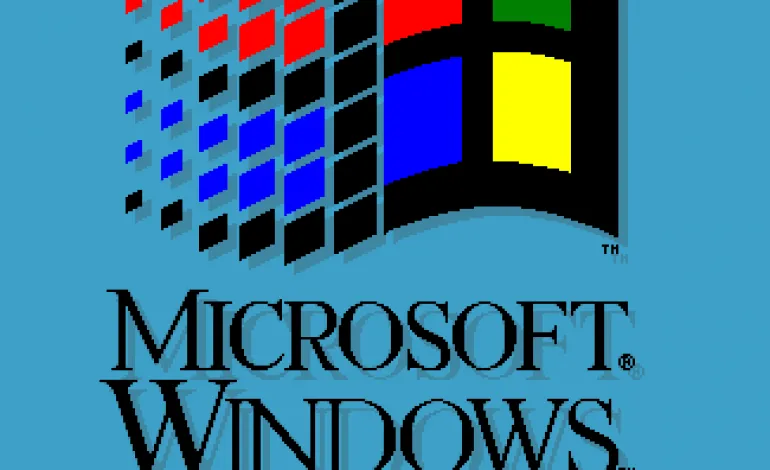An In-Depth See at Microsoft’s Stock Price
Microsoft Enterprise (NASDAQ: MSFT) is one of the world’s driving innovation companies, known for its advancement and critical affect on different segments, counting program, equipment, and cloud computing. The company’s stock cost has been a subject of intrigued for financial specialists, examiners, and tech devotees alike. This article will investigate the variables affecting Microsoft’s stock cost, its verifiable execution, and the future viewpoint for speculators.
Chronicled Execution of Microsoft’s Stock
Early A long time and Beginning Open Advertising (IPO)
Microsoft was established in 1975 by Charge Doors and Paul Allen. The company went open on Walk 13, 1986, with an starting advertising cost of $21 per share. The IPO stamped the starting of Microsoft’s travel as a freely exchanged company and laid the establishment for its future development.
The 1990s: The Rise of Windows and Office
The 1990s were a transformative decade for Microsoft, driven by the victory of its Windows working framework and Office efficiency suite. The far reaching appropriation of these items impelled the company’s income and stock cost. By the conclusion of the decade, Microsoft had set up itself as a overwhelming player in the tech industry, and its stock cost reflected this victory.
The Dot-Com Bubble and Recovery
The early 2000s saw the bursting of the dot-com bubble, which significantly impacted tech stocks, including Microsoft. The company’s stock price experienced a sharp decline, but Microsoft managed to recover due to its strong fundamentals and continued innovation. The introduction of new products like Windows XP and the Xbox gaming console helped stabilize the company’s stock price during this period.
The 2010s: Cloud Computing and Digital Transformation
The 2010s marked a new era for Microsoft, characterized by its shift towards cloud computing and digital transformation. Under the leadership of CEO Satya Nadella, who took over in 2014, Microsoft focused on expanding its cloud services through Azure, Office 365, and other enterprise solutions. This strategic shift led to a significant increase in the company’s stock price, with Microsoft becoming one of the top performers in the tech sector.
Factors Influencing Microsoft’s Stock Price
Financial Performance
Microsoft’s financial performance, including revenue, earnings, and profit margins, plays a crucial role in determining its stock price. Strong quarterly earnings reports, driven by growth in key segments like cloud computing, software, and gaming, often lead to positive investor sentiment and higher stock prices.
Item Innovation
Innovation in items and administrations is another basic figure affecting Microsoft’s stock cost. The company’s capacity to create and dispatch fruitful items, such as unused adaptations of Windows, Surface gadgets, and Xbox comforts, can boost speculator certainty and drive stock costs higher.
Showcase Patterns and Financial Conditions
Broader showcase patterns and financial conditions too affect Microsoft’s stock cost. Variables such as intrigued rates, expansion, and financial development can impact financial specialist assumption and influence stock costs. Also, patterns in the innovation division, such as the appropriation of cloud computing, fake insights, and cybersecurity, can have a coordinate affect on Microsoft’s stock execution.
Competitive Landscape
The competitive scene inside the tech industry is another critical figure. Microsoft’s stock cost can be affected by the execution and techniques of its competitors, such as Apple, Amazon, Google, and other tech monsters. Showcase share picks up or misfortunes, unused item dispatches, and key associations inside the industry can all influence Microsoft’s stock cost..
Administrative Environment
Regulatory advancements and government arrangements can moreover affect Microsoft’s stock cost. Changes in directions related to information protection, antitrust laws, and universal exchange can impact speculator estimation and influence the company’s stock execution. Microsoft’s capacity to explore the administrative environment and adjust to modern approaches is pivotal for keeping up speculator certainty.
Future Outlook for Microsoft’s Stock
Continued Growth in Cloud Computing
Cloud computing remains a significant growth driver for Microsoft. Azure, the company’s cloud platform, has been expanding rapidly and gaining market share. The demand for cloud services is expected to continue growing as businesses increasingly adopt digital solutions. This ongoing growth in the cloud segment is likely to have a positive impact on Microsoft’s stock price.
Expansion into New Markets
Microsoft’s expansion into new markets, such as artificial intelligence, cybersecurity, and augmented reality, presents additional growth opportunities. The company’s investments in these areas, coupled with its existing strengths, position it well to capitalize on emerging trends and drive future stock price appreciation.
Strategic Acquisitions
Microsoft has a history of strategic acquisitions that enhance its product portfolio and market presence. Recent acquisitions, such as LinkedIn, GitHub, and Nuance Communications, demonstrate the company’s commitment to expanding its capabilities and entering new markets. Future acquisitions could further boost Microsoft’s growth prospects and positively impact its stock price.
Dividend Policy and Share Buybacks
Microsoft’s dividend policy and share buyback programs are also important considerations for investors. The company has a track record of returning capital to shareholders through dividends and buybacks, which can enhance shareholder value and support the stock price. Continued commitment to these programs is likely to be viewed positively by investors.
Conclusion
Microsoft’s stock cost has experienced noteworthy development over the a long time, driven by solid money related execution, item development, and vital activities. The company’s center on cloud computing, development into modern markets, and vital acquisitions position it well for future development. Whereas outside variables such as showcase patterns, financial conditions, and administrative improvements can impact the stock cost, Microsoft’s strong essentials and vital vision make it a compelling speculation opportunity for long-term financial specialists. As continuously, it’s fundamental for financial specialists to conduct intensive inquire about and consider their hazard resilience some time recently making venture choices.














Post Comment